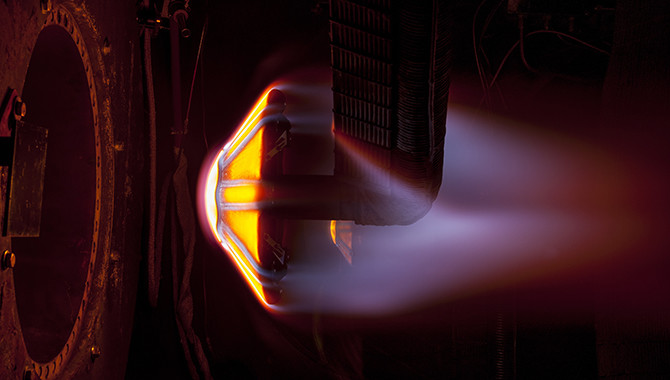
The agency charts a clear and sustainable path toward human spaceflight beyond low Earth orbit (LEO) in NASA’s Journey to Mars: Pioneering Next Steps in Space Exploration.

The agency charts a clear and sustainable path toward human spaceflight beyond low Earth orbit (LEO) in NASA’s Journey to Mars: Pioneering Next Steps in Space Exploration.
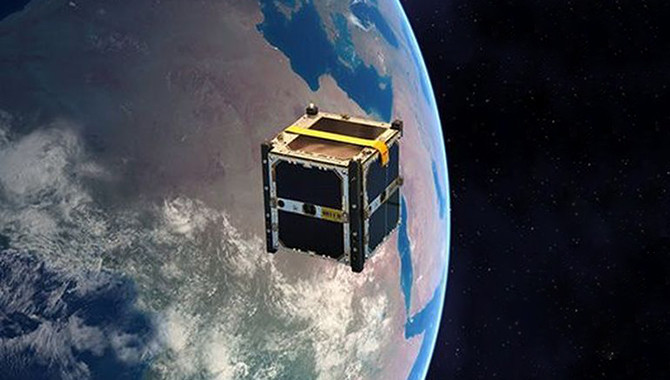
Despite their increasing role in technology development, scientific discovery, and education, cubesat launch opportunities have been limited. Until now.

A fleet of cubesats intent on advancing technology development, scientific research, and educational outreach recently hitched a ride into low Earth orbit (LEO).
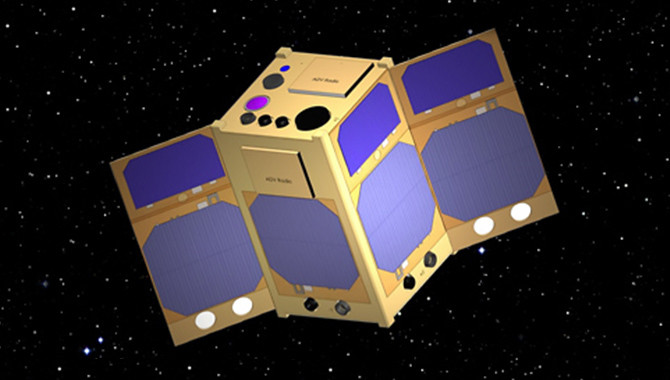
The Optical Communications and Sensor Demonstration (OCSD) mission is helping transform communications and deep space exploration capabilities.
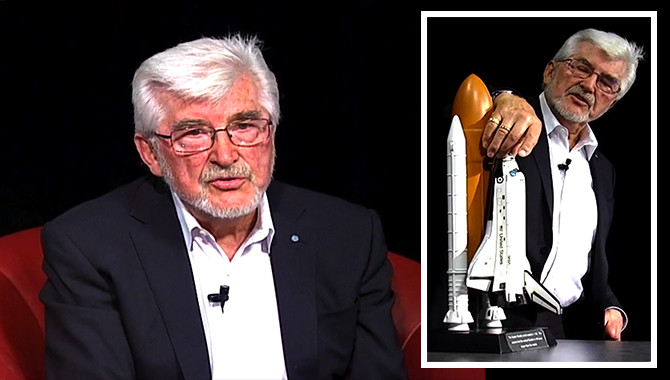
At a recent Virtual Project Management (PM) Challenge, presenter Bohdan (Bo) Bejmuk discussed how a system-level perspective can enhance project management efforts.
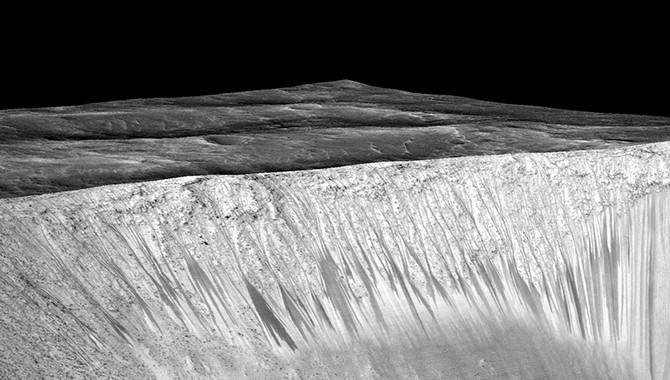
Once thought barren, Mars now holds the promise of life beyond Earth as scientists confirm the presence of liquid water on the red planet.
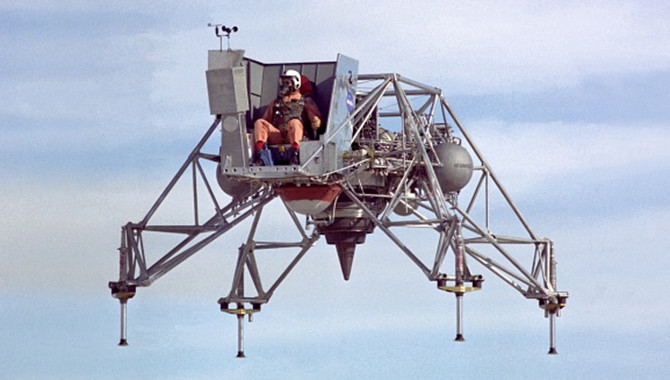
The first flight of the Lunar Landing Research Vehicle (LLRV), in October 1964, didn’t go far—but that brief hop supported Apollo 11’s giant leap five years later.

A unique partnership between government agencies leverages space-based data to make a critical difference in the day-to-day lives of people on Earth.
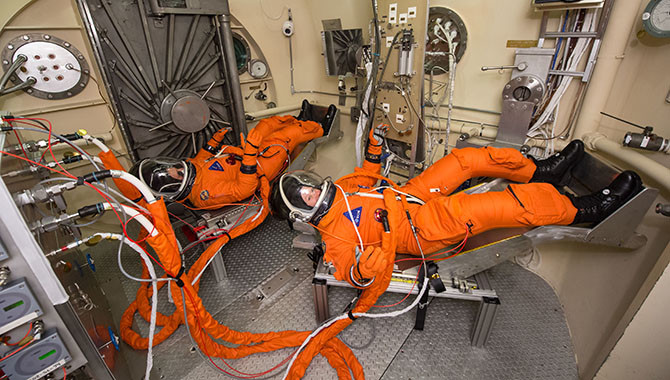
With the successful completion of Key Decision Point C (KDP-C), the Orion spacecraft is cleared to move ahead toward Exploration Missions 1 and 2 (EM-1 and EM-2).